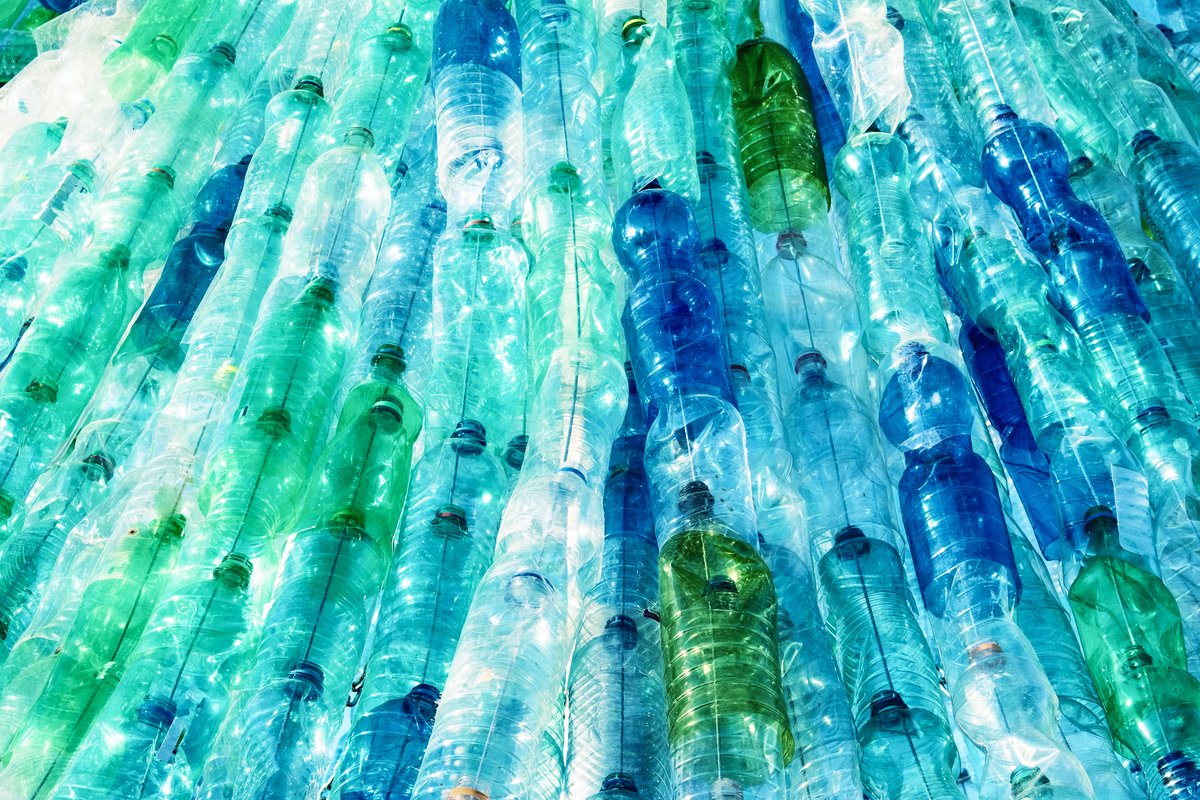AUTHORS: Emma Watkins – Susanna Gionfra – Jean-Pierre Schweitzer – Mia Pantzar – Charlotte Janssens – Patrick ten Brink
IEEP, with the support of the MAVA Foundation, has prepared a short study to develop policy options aimed at enhancing the ambition of extended producer responsibility (EPR) schemes for plastic packaging. The study, which can be downloaded from this page, is intended to input to discussions on the EU Plastics Strategy and Circular Economy Package, with a view to encouraging a more sustainable use of plastics.
A four-page policy briefing is also available for download, summarising the key findings and policy options.
The study finds that, despite the improvements in plastic packaging recycling rates (reaching around 40% in 2015), more can and needs to be done. More ambitious EPR, evolving from a cost recovery approach to one that also incentivises a transition to a circular economy, should play a key role.
EPR can help improve the implementation of legislation, contributing to achieving existing EU waste targets, and the new more ambitious targets in the Circular Economy Package. It can also contribute to broader environmental and circular economy objectives, including reducing natural resource depletion, GHG emissions and waste leakage to terrestrial and marine environments.
In addition to delivering environmental benefits, improved approaches to EPR could make existing schemes more efficient and effective. Actions which can support this include the introduction of clearer common definitions related to EPR, more harmonised approaches across the EU, fair competition between schemes, and increased transparency on schemes’ performance and costs.
A key element of the study is to explore the potential of more advanced eco-modulation of fees for plastic packaging, to better take into account its environmental impacts and ambitions for a transition to a circular economy. The study suggests several promising alternatives as the basis for such fee modulation:
- Aspects related to the level of recyclability of plastic packaging:
- Existence of technology to sort and/or recycle the packaging
- Composite packaging (i.e. packaging with different layers/components), its separability and recyclability
- Non-hazardous but disruptive additives (e.g. opacifiers) that hamper sorting and/or recycling
- Packaging format design that hampers sorting and/or recycling
- Use of hazardous additives
- Existence of markets to use secondary raw material
- The amount of recycled content of plastic packaging: This approach would need to be supported by a definition of recycled content, quality standards, and a system of traceability for recycled material.
- The use of bio-based materials, biodegradability and/or compostability. Many bio-based non-degradable plastics can be recycled with fossil-based plastics. Biodegradability and compostability offer future potential, but come with challenges including lack of clarity on material properties and intended after-use pathways, cross-contamination with recycling streams, and related benefits and costs.
We would like to thank the study steering group (Ellen MacArthur Foundation, European Environmental Bureau and Zero Waste Europe) for their inputs throughout the study. We also thank the experts who helped to refine the eco-modulation options during an expert roundtable (October 2017) and report launch (November 2017).
For more information on the study, please contact: Emma Watkins

